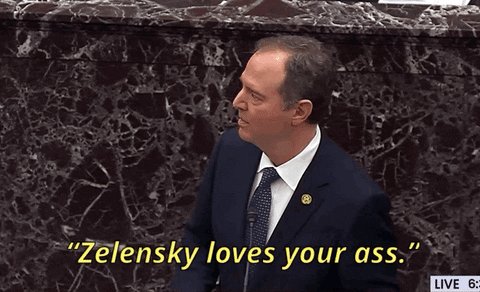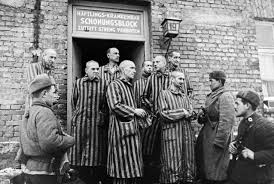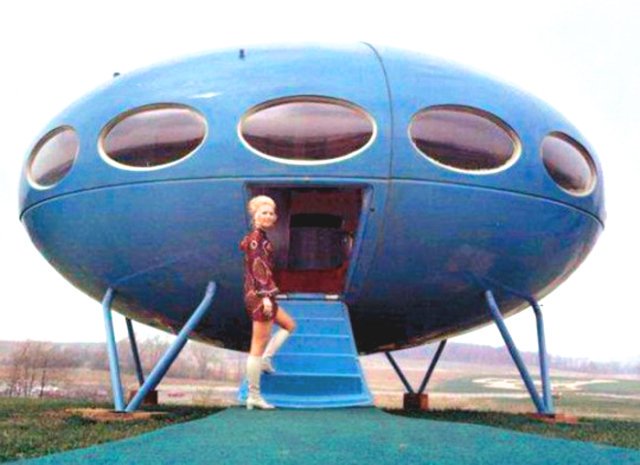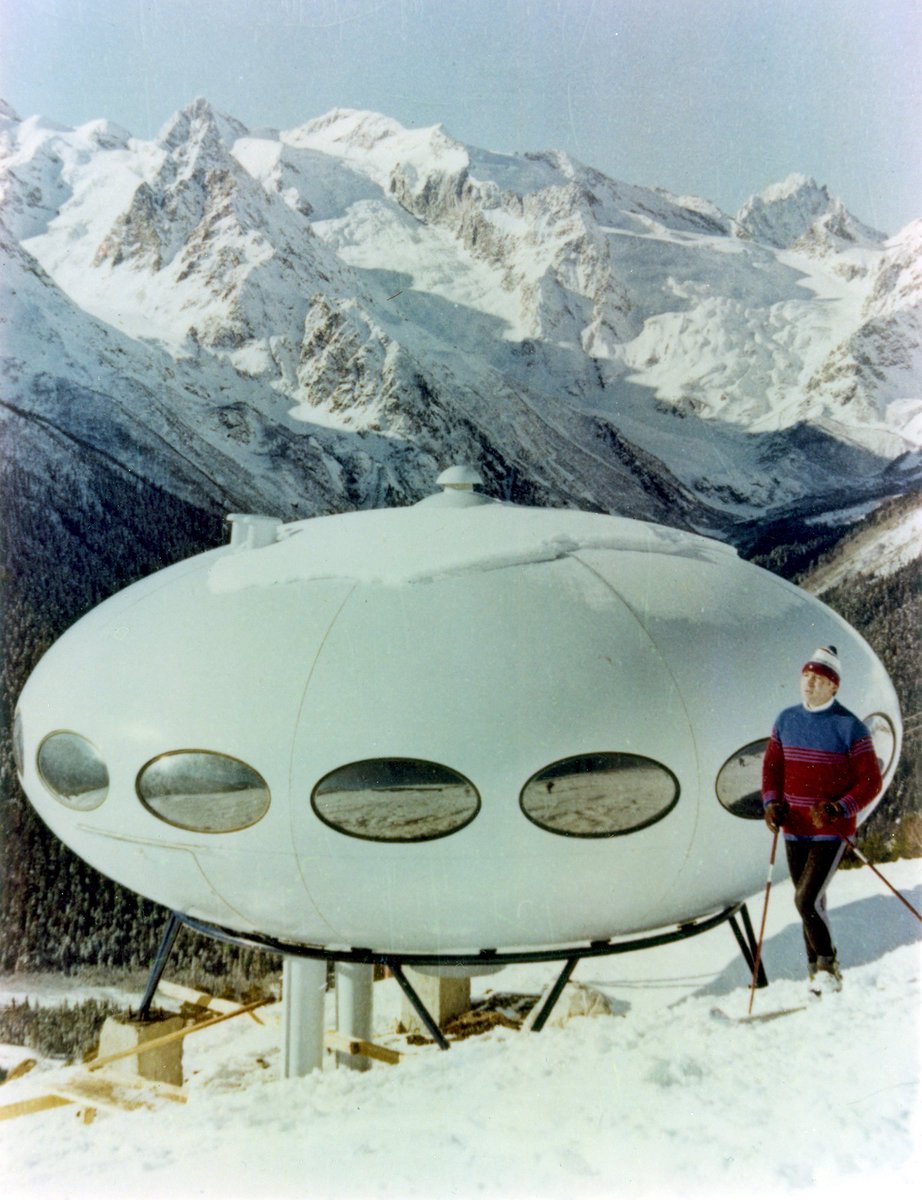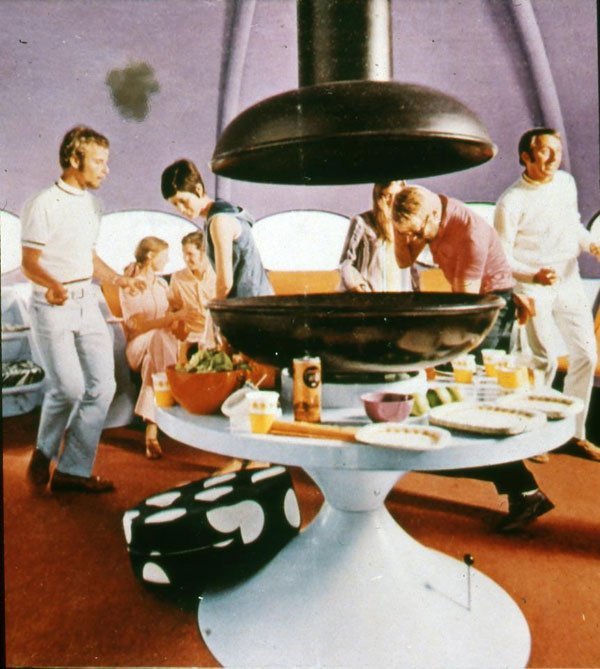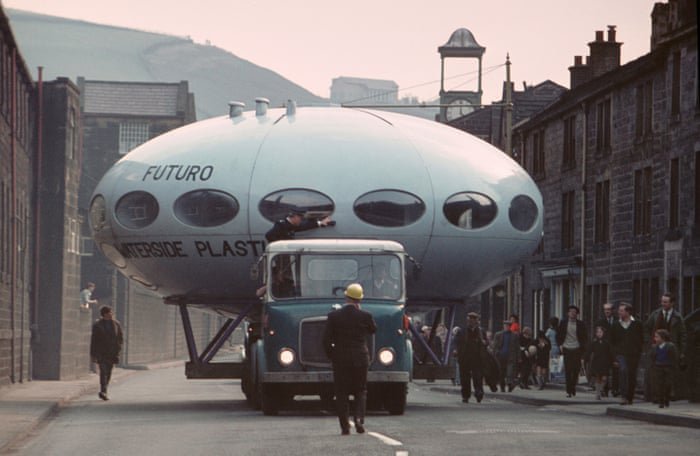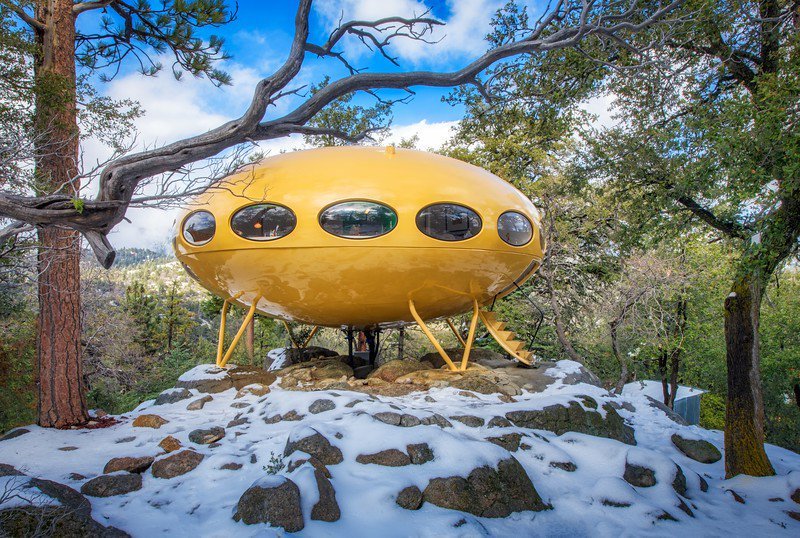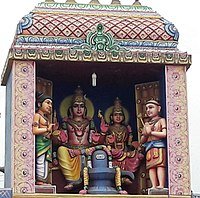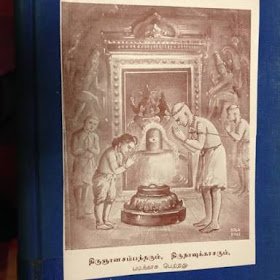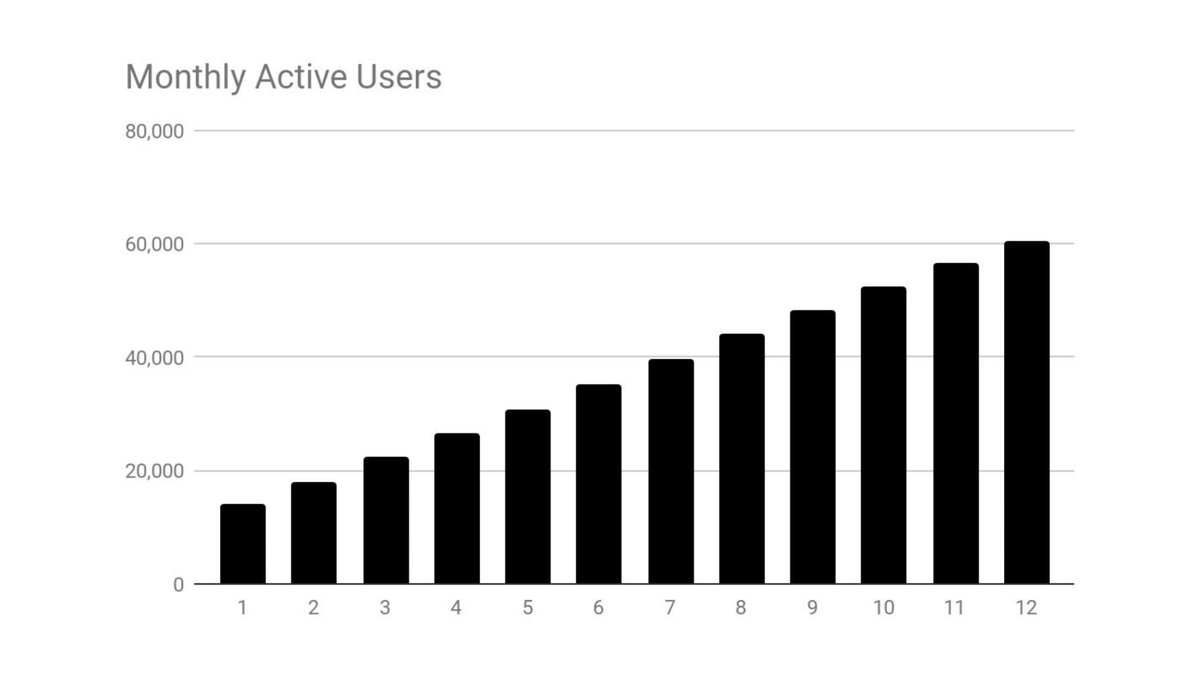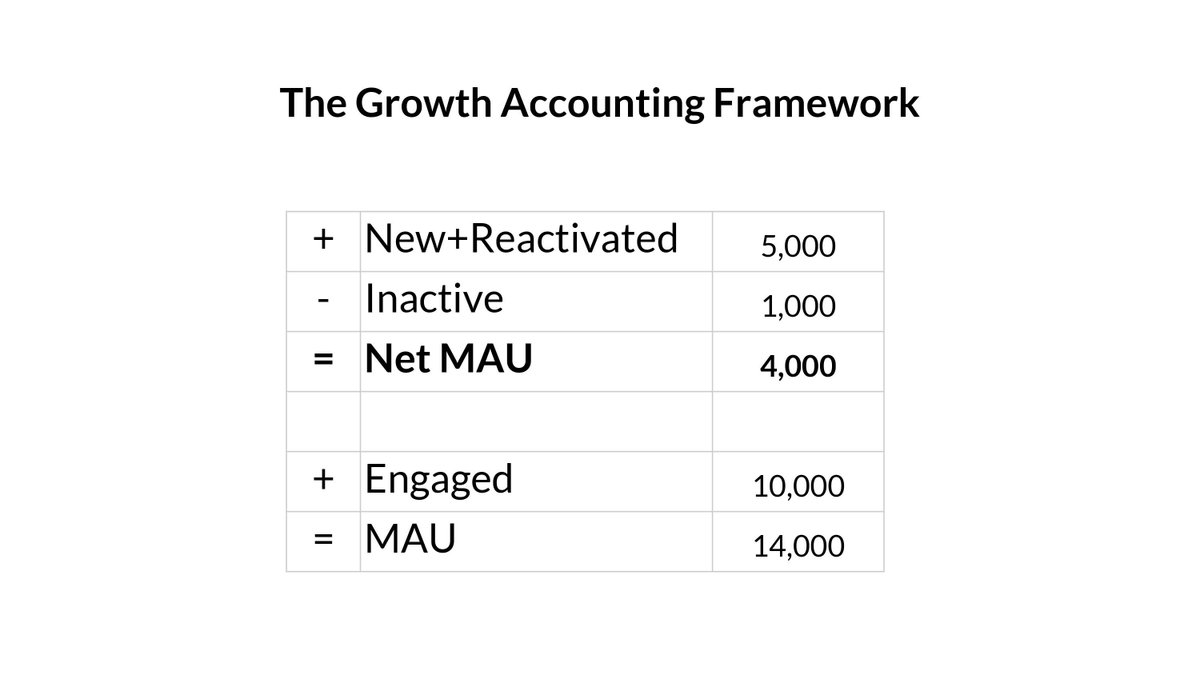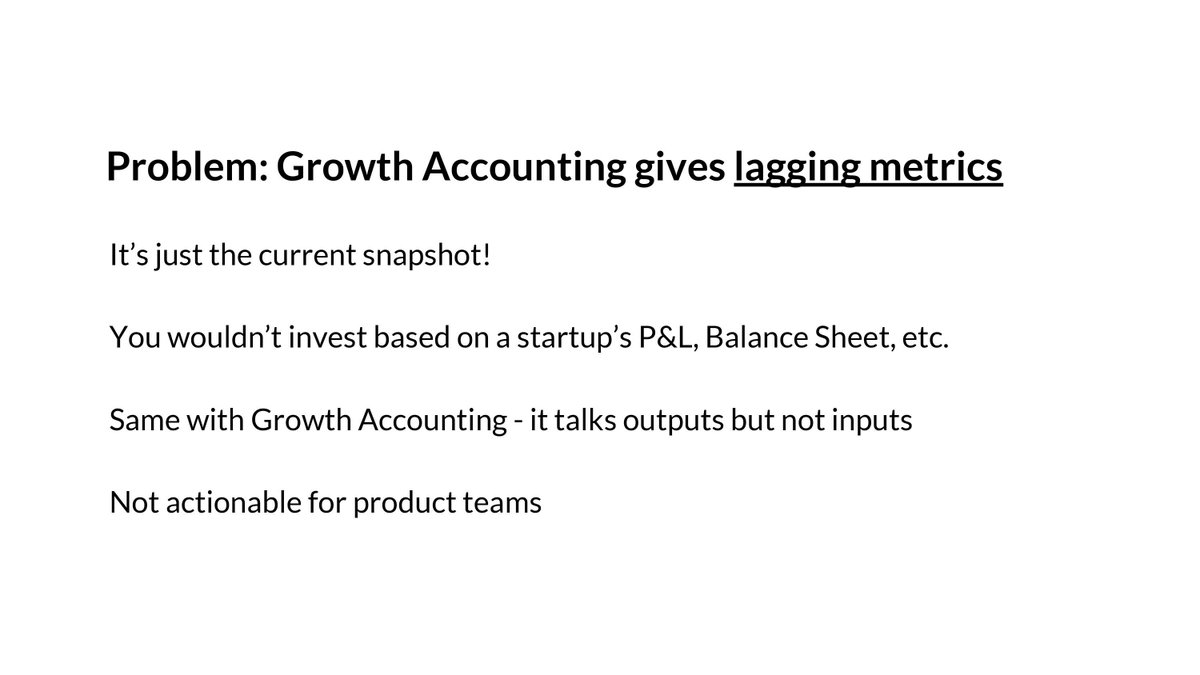at the Château of Val-Duchesse in Brussels. This would lead to the Treaties of Rome being signed in 1957 which established the European Economic Community (EEC) and the European Atomic Energy Community (Euratom) among the members of the ECSC.
The European Atomic Energy Community (EAEC or Euratom) is an international organisation established by the Euratom Treaty on 25 March 1957 with the original purpose of creating a specialist market for nuclear power in Europe, by developing nuclear energy and distributing it to
its member states while selling the surplus to non-member states.
It is legally distinct from the European Union (EU) although it has the same membership, and is governed by many of the EU's institutions; but it is the only remaining community organisation that is independent
of the EU and therefore outside the regulatory control of the European Parliament. Since 2014, Switzerland has also participated in Euratom programmes as an associated state.
The Common Assembly proposed extending the powers of the European Coal and Steel Community to cover
other sources of energy. However, Jean Monnet, ECSC architect and President, wanted a separate community to cover nuclear power. Louis Armand was put in charge of a study into the prospects of nuclear energy use in Europe; his report concluded that further nuclear development was
needed to fill the deficit left by the exhaustion of coal deposits and to reduce dependence on oil producers. However, the Benelux states and Germany were also keen on creating a general single market, although it was opposed by France due to its protectionism, and Jean Monnet
thought it too large and difficult a task. In the end, Monnet proposed the creation of separate atomic energy and economic communities to reconcile both groups.
Euratom would foster co-operation in the nuclear field, at the time a very popular area, and would, along with the EEC, share the Common Assembly and Court of Justice of the ECSC, but not its executives.
On 25 March 1957, the Treaties of Rome (the Euratom Treaty and the EEC Treaty) were signed by the ECSC members and on 1 January 1958 they came into force.[7][8][9]
To save on resources, these separate executives created by the Rome Treaties were merged in 1965 by the Merger
Treaty. The institutions of the EEC would take over responsibilities for the running of the ECSC and Euratom, with all three then becoming known as the European Communities even if each legally existed separately. In 1993, the Maastricht Treaty created the European Union, which
absorbed the Communities into the European Community pillar, yet Euratom still maintained a distinct legal personality.
•As of 2020, the community had Co-operation Agreements of various scopes with nine countries: Armenia, Australia, Canada, Japan, Kazakhstan, Ukraine,
United States, Uzbekistan, and South Africa.[13][14]
•From 1 January 2021, the United Kingdom shall participate in Euratom programmes as an associated state under the draft terms of the UK-EU Trade and Cooperation Agreement.
To help that organization, Louis Armand, as a
visionary global thinker, provided access to some of the best "global leaders" in international business, world politics, academia and scientific research who addressed the Forum, under the royal guidance of Baudouin I of Belgium.
"L'Entreprise de Demain - Forum for Tomorrow"
soon developed chapters in Denmark, France, Switzerland and the United States, allowing some of the most brilliant minds of the time to address corporate executives and share their views about the future of the world.
General de Gaulle put Hirsch in charge of supplying arms to the French Resistance forces on the Continent. In 1943, he became a close associate with Jean Monnet in the French Committee of National Liberation in Algiers. After the liberation of France, he directed a program to
modernize the French economy. He served later as an administrator of the European Coal and Steel Community. In 1959, Hirsch became the chairman of the European Atomic Energy Community.
The Report on the International Control of Atomic Energy, commonly known as the Acheson–Lilienthal Report, was written by a United States committee in 1946 and discussed possible methods for the international control of nuclear weapons and the avoidance of future nuclear warfare.
The report was produced by the Committee on Atomic Energy, headed by Dean Acheson and David Lilienthal, and was mostly written by scientist Robert Oppenheimer.
The resulting Baruch Plan[18] was a 1946 proposal by the United States government, written largely by political
consultant Bernard Baruch. It was presented to the United Nations Atomic Energy Commission (UNAEC) at its first meeting in June 1946. The plan proposed to:[19]
1extend between all nations the exchange of basic scientific information for peaceful ends;
2implement control of
atomic energy to the extent necessary to ensure its use only for peaceful purposes;
3eliminate from national armaments both atomic weapons and all other major weapons adaptable to mass destruction; and
4establish effective safeguards, by way of inspection and other means,
to protect complying States against the hazards of violations and evasions.
In 1953, the U.S. proposed its Atoms for Peace plan. In a speech to the UN General Assembly in New York City on December 8, 1953, U.S. President Dwight D. Eisenhower called on the United States with the
Soviet Union "to make joint contributions from their stockpiles of normal uranium and fissionable materials to an international Atomic Energy Agency" that would then "devise methods whereby this fissionable material would be allocated to serve the peaceful pursuits of mankind."[
21] The plan also proposed a new International Atomic Energy Agency and “uranium bank” as simple steps to establish international trust and start a cooperative arms control dialogue.
In the late 1970s, the International Nuclear Fuel Cycle Evaluation conducted a study into the
management of spent nuclear fuel. The fuel cycle evaluation was formally launched in October 1977 by the Carter Administration, with more than 500 experts from 46 nations participating.
Bruno Pellaud, the Group's Chairman and former Head of IAEA Safeguards, said “a joint nuclear
facility with multinational staff puts all participants under a greater scrutiny from peers and partners, a fact that strengthens non-proliferation and security…Moreover, they have the potential to facilitate the continued use of nuclear energy for peaceful purposes."
As of March 2011 the IAEA Board of Governors has approved the creation of two separate fuel banks. The first, formally established by the IAEA and the Russian government in March 2010, is owned, operated, and paid for by the Russian Federation and located near the Siberian city
of Angarsk. The reserve has been fully stocked and became operational on 1 December 2010. The Board of Governors approved a second fuel reserve in December 2010, which will be owned and operated by the IAEA itself, but this fuel bank is not yet operational.[31] Kazakhstan has
offered to host a nuclear fuel bank under IAEA auspices as a way to curb nuclear proliferation.[32] In May 2015, the IAEA approved a Host-State Agreement with Kazakhstan, paving the way for Kazakhstan to host the LEU Bank.
Kazatomprom proposed at the 2013 IAEA General Conference that Kazakhstan host the LEU bank at its Ulba Metallurgical Plant.
In addition to the two fuel banks, the Russian Federation has also established an International Uranium Enrichment Center (IUEC) located at Angarsk. The
IUEC is set up as a joint stock company between Russia's Rosatom Corporation holding 80% of the shares, Kazakhstani and Ukrainian corporations, while the government of Armenia slated to join the company in the future.
Robert J. Einhorn, Special US Advisor on Non-Proliferation and Arms Control, said the Obama Administration has supported international fuel banks but that "this issue will come up at the May NPT Review Conference, but this is not the focus of" the Nuclear Security Summit.[43]
Despite the focus on nuclear terrorism, Kazakhstan's president Nursultan Nazarbayev sought the U.S.'s backing to house a nuclear fuel bank while he was in Washington for the event[44][45] and Prime Minister of Pakistan Yousaf Raza Gillani issued a statement saying Pakistan
would like to act as a provider and "participate in any non-discriminatory nuclear fuel cycle assurance mechanism".[46] The UAE also reconfirmed its $10 million pledge to the IAEA Nuclear Fuel Bank and its policy of foregoing domestic enrichment and spent fuel reprocessing.[
The Washington-based Nuclear Threat Initiative's proposal for an international fuel bank announced an initial $50 million grant to the IAEA contingent upon an additional $100 million from other sources. The United States has offered $50 million, the United Arab Emirates has
pledged $10 million, Norway has promised $5 million and the European Union agreed to provide up to 25 million euros (about $32 million in May 2009). The fuel bank therefore reached its initial funding target in March 2009.[
Former Senator Sam Nunn, a co-Chairman of the Nuclear Threat Initiative, said in a speech announcing the NTI pledge that "we envision that this stockpile will be available as a last-resort fuel reserve for nations that have made the sovereign choice to develop their nuclear
energy based on foreign sources of fuel supply services-and therefore have no indigenous enrichment facilities." Warren Buffett, a key NTI advisor, is financially backing and enabling the commitment. "This pledge is an investment in a safer world," Buffett said.[51]
During his tenure in the U.S. Senate, Nunn served as chairman of the powerful U.S. Senate Committee on Armed Services and the Permanent Subcommittee on Investigations. He also served on the Intelligence and Small Business Committees. His legislative achievements include the
landmark Department of Defense Reorganization Act, drafted with the late Senator Barry Goldwater, and the Nunn-Lugar Cooperative Threat Reduction Program,[3] which provided assistance to Russia and the former Soviet republics for securing and destroying their excess nuclear,
biological and chemical weapons.[citation needed]
The Nunn-Lugar Cooperative Threat Reduction program deactivated more than 7,600 nuclear warheads. He was supposedly a top choice to be Secretary of Defense or State in 1992 and 1996 and in a prospective Gore cabinet in 2000.
As the collapse of the Soviet Union appeared imminent, the United States and their NATO allies grew concerned of the risk of nuclear weapons held in the Soviet republics falling into enemy hands. The Cooperative Threat Reduction (CTR) Program was an initiative housed within
the Defense Threat Reduction Agency (DTRA). The Defense Threat Reduction Agency (DTRA) is an agency within the United States Department of Defense (DoD) and is the official Combat Support Agency for countering weapons of mass destruction (WMD; chemical, biological, radiological,
nuclear, and high explosives). According to the agency's Strategic Plan for Fiscal Years 2018 to 2022, the DTRA mission "enables DoD and the U.S. Government to prepare for and combat weapons of mass destruction and improvised threats and to ensure nuclear deterrence."[1] The
agency is headquartered in Fort Belvoir, Virginia.
Defense's Nuclear Agency, 1947–1997, traces the development of the Armed Forces Special Weapons Project (AFSWP), and its descendant government organizations, from its original founding in 1947 to 1997. After the disestablishment
of the Manhattan Engineering District (MED) in 1947, AFSWP was formed to provide military training in nuclear weapons' operations. Over the years, its sequential descendant organizations have been the Defense Atomic Support Agency (DASA)
from 1959 to 1971, the Defense Nuclear
Agency (DNA) from 1971 to 1996, and the Defense Special Weapons Agency (DSWA) from 1996 to 1998. In 1998, DSWA, the On-Site Inspection Agency, the Defense Technology Security Administration, and selected elements of the Office of Secretary of Defense were combined to form the
Defense Threat Reduction Agency (DTRA).[

